Italy has four seasons, and each one is unique in its own way. The springtime is beautiful, with the flowers blooming and trees budding. Summertime in Italy is hot, but it's a great time to enjoy all the outdoor activities like swimming and hiking. Fall brings cooler temperatures and an array of vibrant colors as the leaves begin to change. Winter can be cold, but it's a great time to cozy up and enjoy Italian hot chocolate and delicious pastas

Jump To
- The names in Italian of the four seasons are:
- How to say Spring in Italian?
- How to say Summer in Italian?
- How to say Fall in Italian?
- How to say Winter in Italian?
- How to say the word "season" in Italian?
- Special seasonal activities in Italy:
- What is truffle season in italy?
- What is the olive harvest season in italy?
- What are the seasons like in different regions in Italy?
- What is the best month to visit Italy?
The names in Italian of the four seasons are:
- Spring= primavera; pronunciation (pri-ma-vee-ra)
- Summer= estate; pronunciation (es-ta-tey)
- Autumn= autunno; pronunciation (aut-oom-no)
- Winter= inverno; pronunciation (een-verr-no).
How to say Spring in Italian?
The word for Spring in Italian is "Primavera". It comes from the Latin primus ver meaning “first of spring”. The Romans used it to refer to a period of renewal and growth during this time of year. In modern Italian, "primavera" has a similar meaning and is associated with hope and rebirth. In Italian, the months of March, April, and May are referred to as primavera. This is also when many flowers bloom and temperatures begin to rise. It's a beautiful season in Italy!

Some example sentences with the word primavera are:
- La primavera è la mia stagione preferita. (Spring is my favorite season.)
- Il clima in primavera è molto piacevole. (The weather in spring is very pleasant.)
- Fa più caldo durante la primavera. (It gets warmer during spring.)
- La natura è più rigogliosa in primavera. (Nature is more lush in spring.)
- I colori della primavera sono sempre bellissimi. (The colors of spring are always beautiful.)
Some grammatical tips about "primavera" are:
- The word "primavera" is a feminine noun, so it takes the feminine article "la".
- It can also be used as an adjective, in which case its form changes to primaverile.
For example: Quest'anno la primavera è arrivata molto presto. (This year spring came very early.)
- The adverb form is "primaverilmente", which means “in a spring-like manner”.
For example: Qui il clima è primaverilmente mite. (Here the climate is mild in a spring-like way.)
How to say Summer in Italian?
The word for Summer in Italian is "Estate". It comes from a Latin root meaning “season of heat”. The ancient Romans saw summer as the time when the sun was at its brightest and most powerful, and this idea has remained in modern Italian culture.
In Italian, the months of June, July, and August are referred to as "estate". This is when temperatures are highest and the days are the longest in Italy. It's a great time of year for outdoor activities, like beach trips or hikes!

Some example sentences with the word estate are:
- L'estate è più calda della primavera. (Summer is hotter than spring.)
- Durante l'estate ci sono molti festeggiamenti. (During summer there are lots of celebrations.)
- La gente va in vacanza in estate. (People go on vacation in summer.)

Some grammatical tips about "estate" in Italian:
- Estate is always feminine and it uses the articles "la" or "l'" (the). (for example: La estate, La estate è calda)
- The plural form of estate is estati.
- Adjectives that describe summer in Italian, such as caldo (hot) and lungo (long), must agree with the gender of the word estate.
One of my favorite songs about estate is:
"L'estate Addosso" by Jovanotti. It talks about the joy of summer and how it can bring hope, love, and light into our lives.
and
Vorrei ma non posto by J-Ax which is about the excitement of summer and how it's a time for making memories.
How to say Fall in Italian?
The word for Fall in Italian is "Autunno". It comes from the Latin root autus meaning “harvest”. In ancient times, this season was the time of year when crops were harvested and the days became shorter.
This association is still present in modern Italian culture, and autunno is used to refer to September, October, and November. It's a great time of year for visiting Italy as it's usually sunny and mild. Plus, the changing colors of the leaves make it a great time for photography!
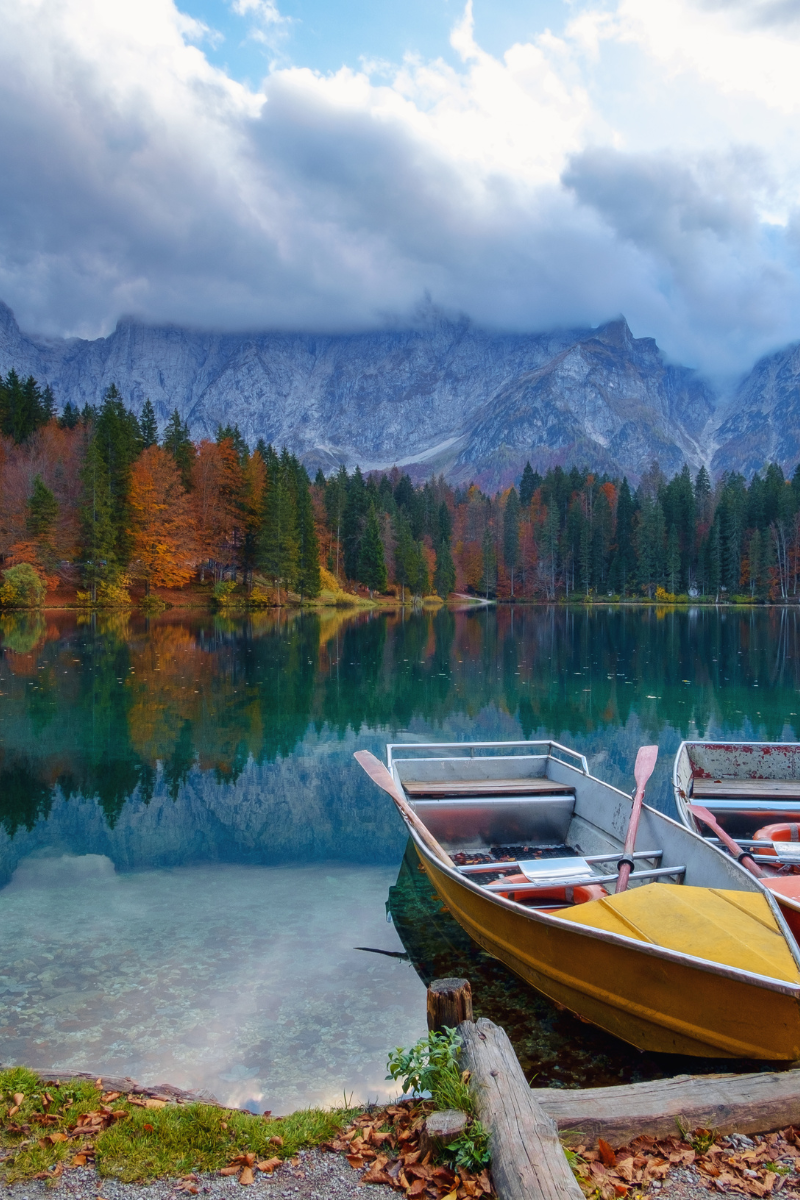
Some example sentences using the word "autunno" is :
- L'autunno è una bella stagione. (Fall is a beautiful season.)
- Gli alberi cambiano colore in autunno. (Trees change color in fall.)
- Durante l'autunno fa più freddo. (It gets colder in fall.)
Some grammatical tips about "autunno" are:
- The feminine singular form is "autunno".
- The masculine plural form is "autunnali".
- The femine plural form is "autunnali".

How to say Winter in Italian?
The word for Winter in Italian is "Inverno". It comes from the Latin root "hiems" meaning “cold weather”. In ancient times, this was the time of year when temperatures were colder and the sun was at its weakest.
This idea is still present in modern Italian culture, and "inverno" is used to describe the months of December, January, and February. In some parts of Italy, it can snow during winter time; however, other regions remain mild even during this season. It's a great time of year for skiing, snowboarding, and other winter activities!
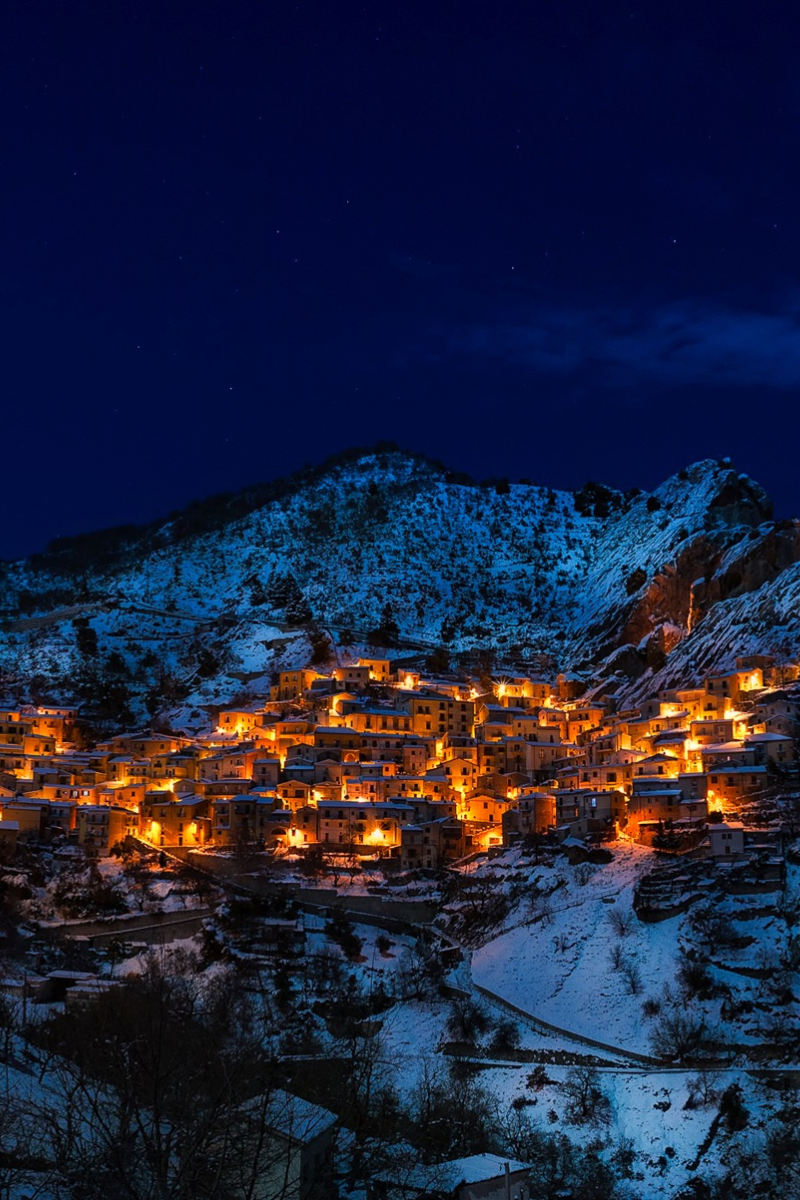
Some example sentences using the word "inverno":
- L'inverno è una bella stagione. (Winter is a beautiful season.)
- Ci sono molti sport invernali da praticare. (There are lots of winter sports to practice.)
- Durante l'inverno le giornate sono più corte. (During winter the days are shorter.)
- L'inverno è un momento perfetto per rilassarsi. (Winter is a perfect time to relax.)
Some grammatical tips about "inverno":
- The masculine singular form is "inverno".
- The feminine plural form is "invernali".
- The masculine plural form is "invernali".
How cold is it in the winter?
In the winter, temperatures can vary quite a bit depending on which region of Italy you are in. In the northern part of the country, it can get very cold with temperatures often below 0°C (32°F). In the south, however, it usually stays mild even during winter time and temperatures rarely drop below 10°C (50°F).
Snow can also be expected in some parts of Italy during the winter months, such as the Alps and the Apennines. Generally speaking, there's no need to worry about being too cold while visiting Italy in winter!
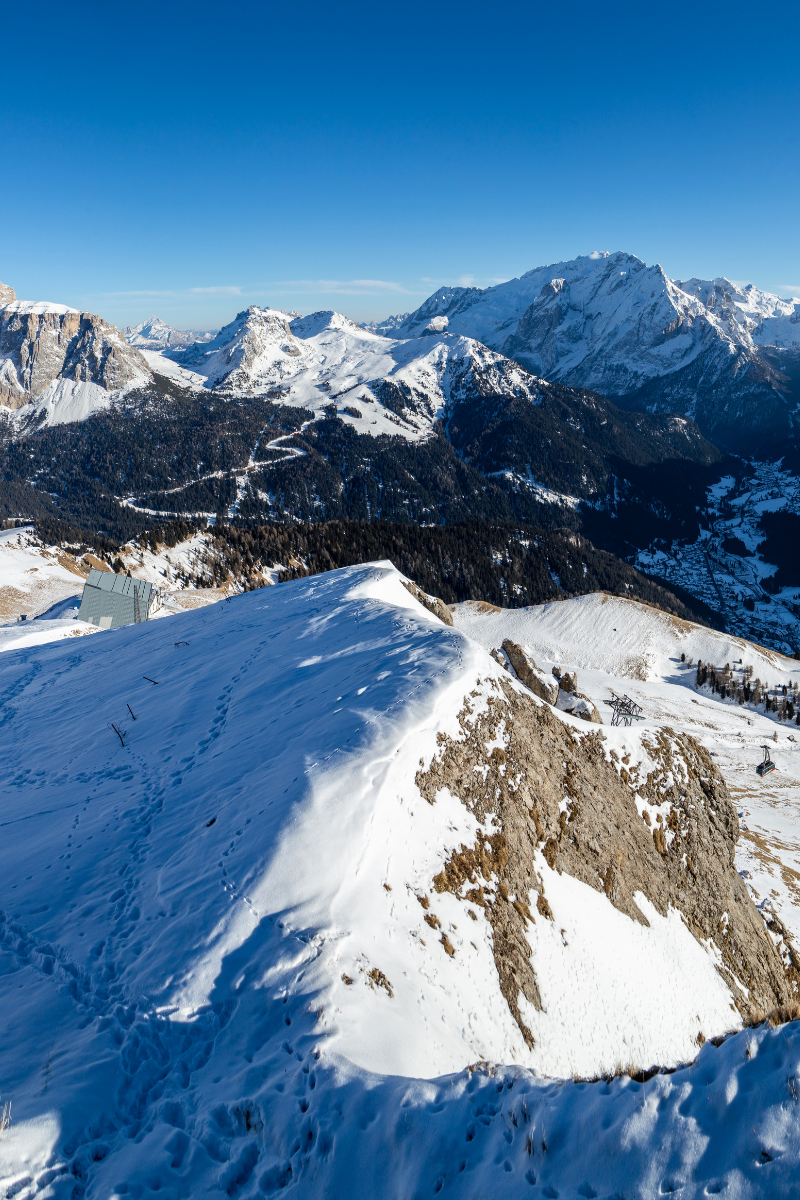
How to say the word "season" in Italian?
The word for "season" in Italian is "stagione". It comes from the Latin root "stagnare" meaning “to stand still”. In ancient times, this was used to describe times of the year when the weather didn't change much and it seemed like everything was standing still.
This idea is still present in modern Italian culture, and "stagione" is used to refer to a specific time of year. It's also used for each of the four seasons: primavera (spring), estate (summer), autunno (fall), and inverno (winter). So whether you're visiting Italy during spring or winter, you can use “stagione” to describe the time of year!
How to use the word "Stagione" in a sentence:
- La prima stagione dell'anno è la primavera. (The first season of the year is spring.)
- Ogni stagione ha le sue caratteristiche uniche. (Each season has its own unique characteristics.)
- Mi piace visitare l'Italia durante la stagione calda. (I like to visit Italy during the warm season.)
- Durante l'estate è possibile fare molte attività all'aperto. (During summer it's possible to do many outdoor activities.)
Some grammatical tips about "stagione":
- The feminine singular form is "stagione".
- The masculine plural form is "stagionali".
- The femine plural form is "stagionali".
Special seasonal activities in Italy:
During the springtime, there are a variety of festivals celebrating the local culture. One festival that is popular in the springtime is the “Festa delle Farfalle”, or the Festival of Butterflies, which is celebrated in many towns across Italy.
In the summer, you can take part in outdoor activities such as hiking, biking, and kayaking. A popular summer festival is the “Sagra della Porchetta”, which is a festival dedicated to pork dishes from different regions in Italy.
Some that is also very common in the summer is ferragosto, which is a holiday that celebrates the Assumption of Mary. In Ferragamo, all the Italians take off in the month of august and enjoy the warm weather in some of Italy’s most beautiful locations.
It usually means that many restaurants are closed, but some areas of the country remain open, specifically beach towns. I would recommend avoiding coming to Northern Italy in august, as most businesses are closed for 2 weeks.
Autumn is a great time to explore the vineyards and visit some of the charming medieval hill towns scattered throughout the countryside. A popular activity in the fall is collecting chestnuts from the trees in the woods and roasting them over a fire.
In the winter, it is very common to go skiing in the Italian alps or even to the nearby Dolomites.
What is truffle season in italy?
Truffle season in Italy is known as the "tartufo" season. It typically takes place for a few months starting in October and ending in March. During this time, truffles are in season and can be found around many parts of Italy. The most sought-after type of truffle is the white Alba truffle, which is only found in Northern Italy.
These truffles are highly prized for their unique flavor and aroma. Truffle hunting is a popular activity during this season, where locals and visitors alike can search for truffles in the forests of Italy! So if you're planning a trip to Italy, make sure to time it around the tartufo season so you can experience this unique tradition!
What is the olive harvest season in italy?
The olive harvest season in Italy is known as "molitura". It typically takes place between October and December, when olives are ready to be harvested. During this time, Italian farmers carefully pick and process the olives in order to produce extra-virgin olive oil. This is a process that has been done for centuries and is still practiced today.
Not only does the molitura season provide jobs for many Italians, but it also produces some of the best olive oils in the world! So if you're looking for an authentic Italian experience, consider visiting during the olive harvest season to witness first-hand how this traditional process works!
What are the seasons like in different regions in Italy?
Italy has different regions and even islands, so the seasons affect each area differently. The Mediterranean coast is usually hot and dry in the summer, while the mountainous regions tend to be cooler than the coastal areas. In winter, some of these mountains can get very cold and receive snowfall.
The coastal region also experiences heavy rainfall during different parts of the year. This rain is especially strong during springtime and can cause floods in some areas.
When it comes to the islands, Sardinia and Sicily tend to experience milder winters compared to mainland Italy due to their location in the Mediterranean Sea.
What is the best month to visit Italy?
May
In my opinion, the best month to visit Italy is May. This is the time when spring has just begun and temperatures are pleasant. Plus, it's usually during this month that you can find many festivals, such as the Palio di Siena or the Venetian Redentore.
You'll also be able to experience some of Italy's most famous cities in May with fewer crowds than in the summer months. Rome, Florence, and Naples are all amazing destinations that can be visited during this time of year.
June
Another good month to visit Italy in the summer is June. This is when the weather gets warmer and days are longer, making it perfect for outdoor activities. There are also still not a lot of tourists and it's not too hot yet.

I would recommend not traveling in July and August. There is typically a massive heat wave and it gets way too hot to walk around.
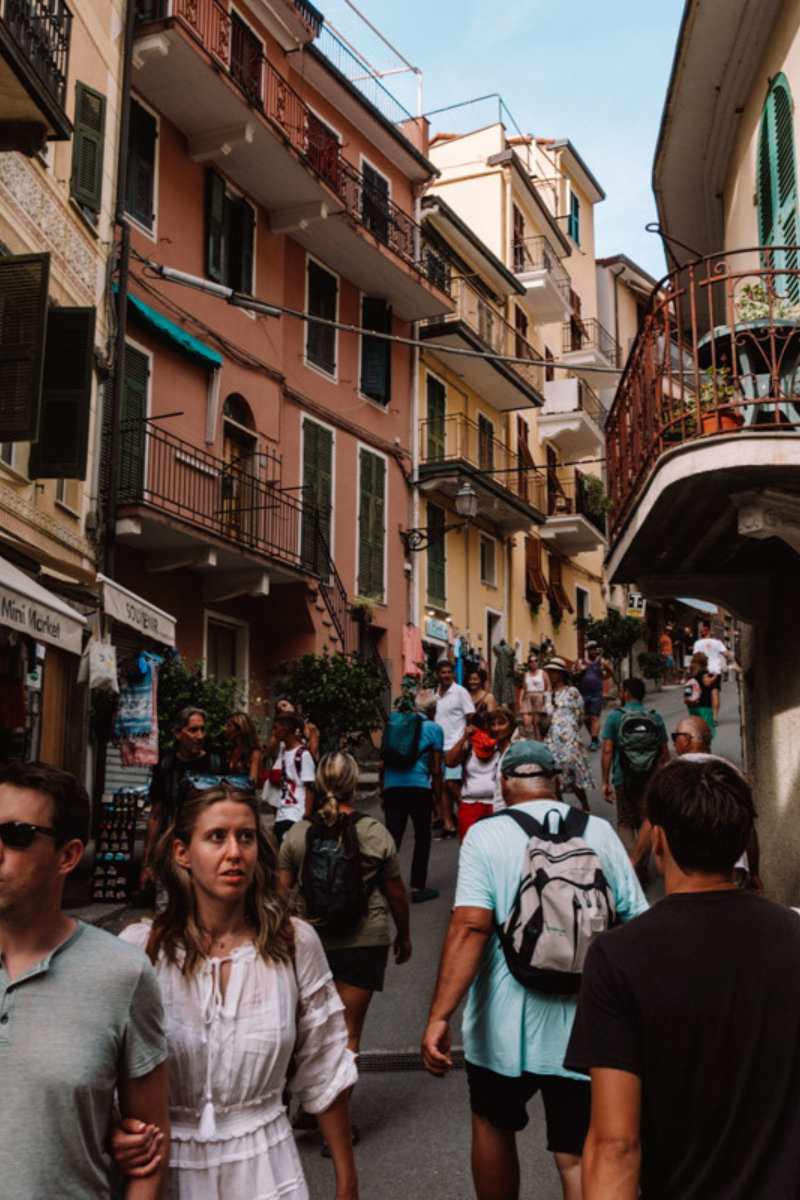
In mid-August, the Italians have a national vacation called ferragosto where they all get close to 2 weeks of vacation, so all the shops and restaurants in Northern Italy are typically closed. Many of the smaller cities and towns become nearly empty as well. This can make it difficult to find what you need during your trip.
October
The next best month to visit Italy is October. This is when the leaves are changing color and the weather is still nice, but not too hot or cold. It's also a great time to explore some of Italy's smaller towns such as Assisi and Orvieto.
The wine harvest season in October also makes for a unique experience as you can witness how the grapes are picked and processed. So if you're looking for a unique experience in Italy, consider visiting during the months of May or October!
More posts like this:
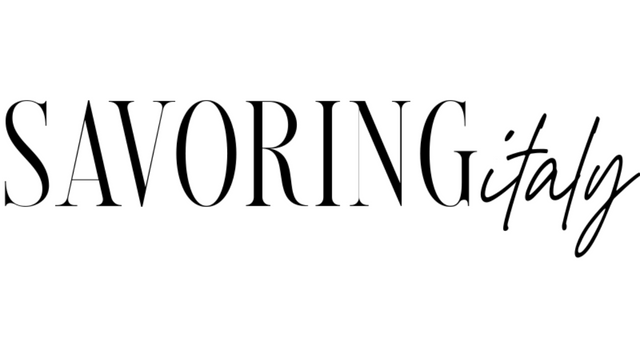


bella says
Very informative. Thank you!!